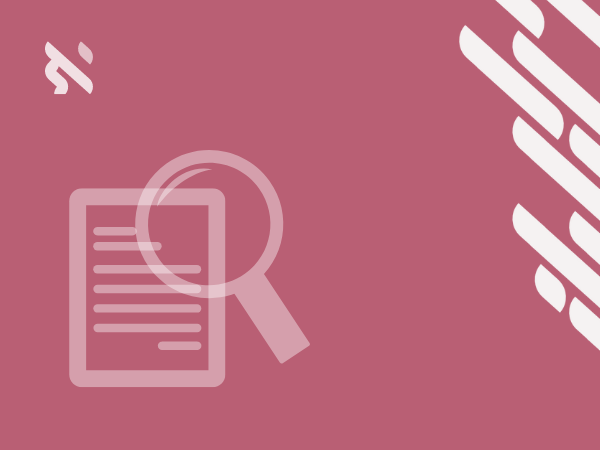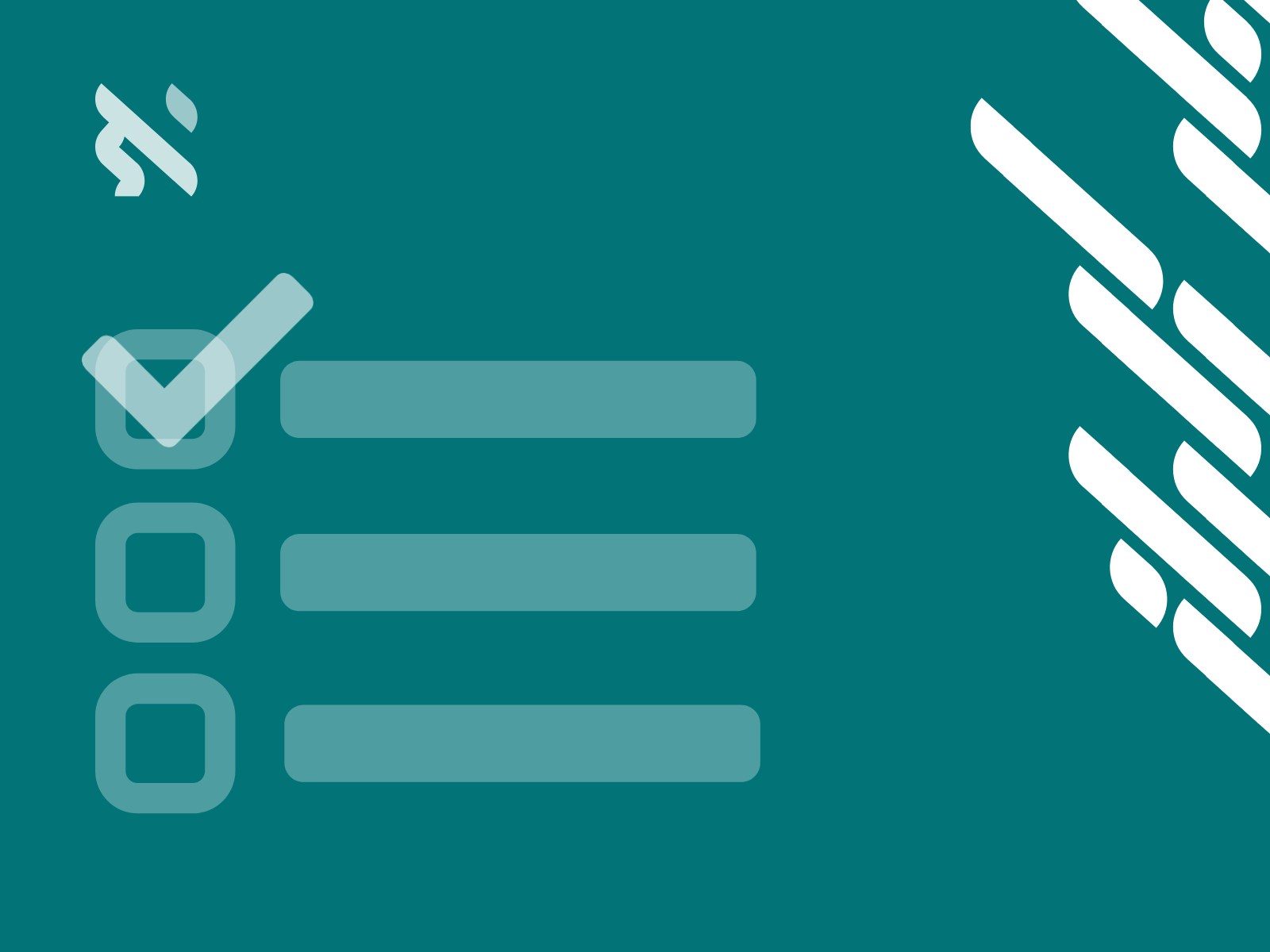Resources
Find the most useful accessibility tips, checklists, reviews and more here.

Free accessibility tools that we love
Investing in accessibility is important, but it doesn’t have to be expensive. Starting with free tools can go a long way to build habits and improve processes. Here is a list of our favourite free accessibility tools, along with who on your team would benefit from them most.

The most common ARIA attributes, explained
ARIA is a way to enhance your code to provide more meaning, especially for assistive technology users. Over the years of auditing and consulting, we find these are the ARIA attributes that tend to be used (and misused) the most.

The business case for accessibility in New Zealand
In New Zealand, the push for web accessibility is not just a matter of inclusivity and social responsibility, but also a smart business move. This article delves into the various benefits of web accessibility and why it makes good sense for New Zealand businesses to prioritize it.

10 examples of beautiful and accessible web designs
“Accessible designs can’t be beautiful!” This mantra is all too common, and also untrue. Check out this showcase of 10 stunning web designs to see how visual appeal and accessibility can work harmoniously together.

New accessible emoji introduced
In another move to demonstrate how representation matters, the emoji dictionary has expanded to include some more images of people with disabilities.

WCAG Criteria, explained: 1.4.1 Use of color
Our series on explaining WCAG criteria in plain language, featuring notes on why the criteria matters and easy-to-understand examples. This post covers 1.4.1 Use of Color.

Accessibility Checklist for mobile content
92.3% of internet users access the internet using a mobile phone. That means considering accessibility on mobile is critical. Here’s a checklist to follow to make sure your website and app is WCAG compliant on mobile.

Shift left: what does it mean?
"Shift left" is a philosophy that advocates for integrating accessibility into web development from the earliest stages. Just as the term suggests, “shift left” is about moving the focus and application of accessibility practices to an earlier phase in the development process.

